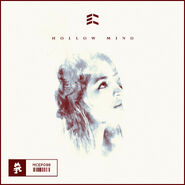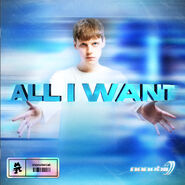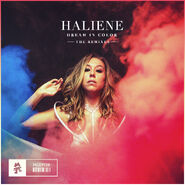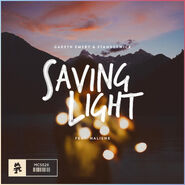Trance is a genre that started out with the purpose of creating a true entrancement in people. It is most commonly found in the range of 120 - 150 BPM, although the genre is not defined by its BPM. Trance music is often instrumental, with a four-on-the-floor beat with tension-building structures and rapid arpeggios that help to evoke the feeling of being in a trancelike state.
It began in the late 1980s in the United Kingdom and gained popularity in the 1990s as it spread throughout other parts of the rave scene. Labels like A State Of Trance, Armada, Statement!, Flashover, Armind and Anjunabeats are prominent in the trance scene.
For information on the related genre, Psytrance, see the Psytrance page.
The color associated with the genre before genre colors were phased out was: Blue (Hex: #007EE7) (RGB: 0, 126, 231)
Subgenres
Acid Trance
A style of Trance that is produced with a Roland TB-303 by playing a sequenced melody while altering the instrument's filter cutoff frequency, resonance, envelope modulation, and accent controls.
Ambient Trance
A subgenre of trance music that emphasizes atmospheric soundscapes and textures, often incorporating elements of ambient music. It is characterized by its dreamy, hypnotic quality and repetitive beats that slowly build to a climactic peak.
Big Room Trance
A form of Tech Trance that makes use of Big Room House associated production and dirty, distorted leads influenced from Dutch House and Hardstyle.
Classic Trance
Sounding similar to Uplifting Trance but with a slightly less forceful kick, most songs that have been labelled as Classic Trance have become known as anthems over the last decade.
Dream Trance
Dream Trance is a variety of Trance that often emphasizes soothing instruments, creating a dreamlike, carefree, and trance-inducing atmosphere, popularized by Robert Miles.
Electro Trance
A type of Progressive Trance that typically does not include euphoric choruses and melodies. It emphasizes the bass throughout the complete track, as well as replaces the uplifting sound design of Progressive Trance with a bassline-driven melody.
Euro-Trance
Euro-Trance emerged as a hybrid of Hard Trance and Eurodance, with catchy, upbeat melodies and offbeat basslines at fast tempos.
Hands Up
A subgenre of Euro-Trance that is characterized by prominent, melodic supersaw leads, Dancepop derived hooks, and a strong reliance on sidechained basslines and hard, powerful drums. It is closely related to Uplifting Trance and Happy Hardcore.
Hard Trance
A form of rave-oriented Trance that is often characterized by strong, hard kicks, fully resonant basses and an increased amount of reverberation applied to the main beat. It later developed into Hardstyle and influenced other Hardcore-related subgenres.
Ibiza Trance
Ibiza Trance evolved from Balearic Beat, featuring melodic and mellow sounds and atmospheres. It relies more heavily on guitar than other trance genres, and also often has a Latin feel to it.
Progressive Trance
A form of trance that focuses on bass-driven intros and fleshed-out progression over extended periods of time, originating from the combination between Trance and Progressive House.
Tech Trance
A form of Trance with heavy influence from the Techno scene, and is found in both progressive and uptempo Trance. It typically uses heavily reverb-driven Techno kicks, complex basslines, and sometimes electro-tinged influences.
Uplifting Trance
Uplifting Trance is a form of trance with euphoric melodies, more prominent drums influenced by Hard Trance and frequent use of the buildup-breakdown-anthem structure.
Vocal Trance
A subgenre of Trance that focuses on vocals with highly melodic production and sound design. While other subgenres of trance can have vocals, Vocal Trance songs emphasize the melodies in the trance production and contains Pop related elements such as a verse-chorus structure. Most of the vocalists involved with the genre are female.


































